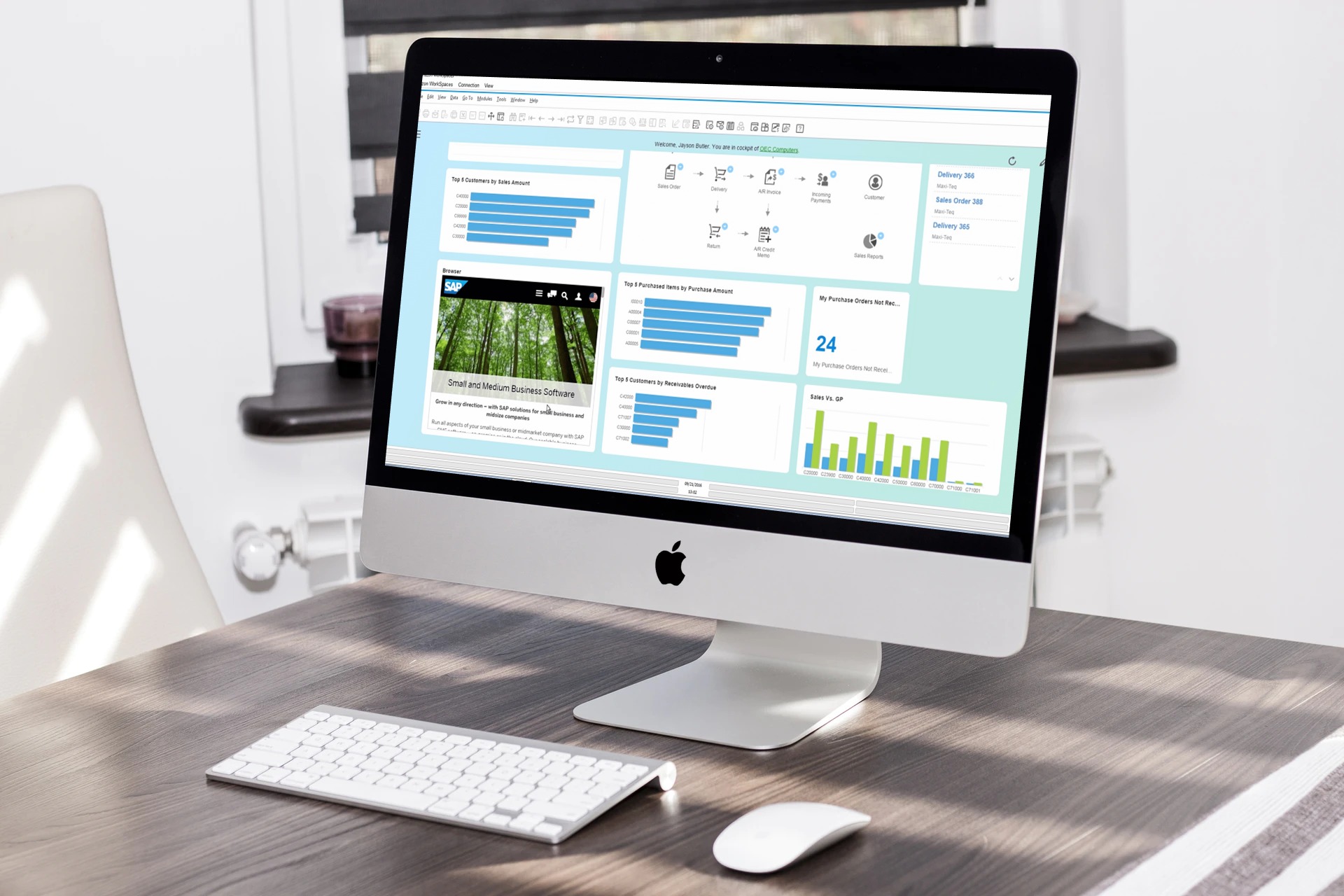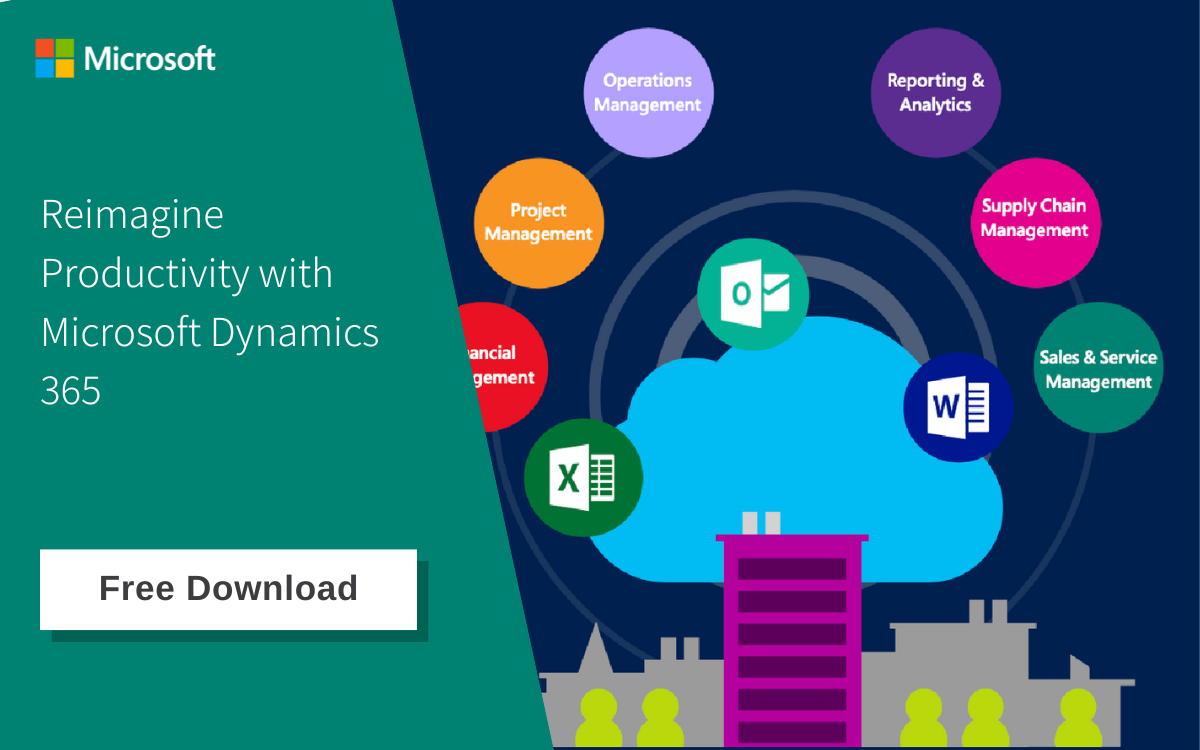Many of the challenges that IT leaders like yourself will face from 2022 onwards will seem familiar to those of years past.
However, the COVID-19 pandemic has amplified these challenges to unprecedented levels, making them an even greater priority for your business as a whole.
Some of these challenges will be familiar ones in a new form, such as a shortage of talent and the need to protect the privacy of your customers.
Others will have emerged as a direct result of the pandemic, such as the paradigm shift in favour of remote and hybrid work models, and the resulting need to ensure your business has the necessary tools to support such arrangements.
As an IT leader, you’ll have to ensure that your department are equipped with the tools and skillsets necessary to handle these challenges, and help your business to adapt and thrive in the next decade.
Here are five of the greatest challenges your department will face, and how you can tackle them.
1. Enabling Remote And Hybrid Work Environments
%20(1).jpg?width=1000&name=pexels-elle-hughes-5155218%20(1)%20(1).jpg)
The social distancing measures imposed to combat the COVID-19 pandemic has normalised remote work arrangements over the past two years.
And this has made jobseekers in Singapore more keen on remote-friendly roles. According to Indeed, the term 'remote work' has been used in job searches at a rate four times higher than before the advent of the pandemic.
In fact, a poll in Indeed's 2021 Singapore Labour Market Review webinar showed that 67% of participants were keen on stick with a hybrid work model, after their experiences of remote working throughout the pandemic.
And despite the recent relaxation of social distancing measures, 4 in 10 employees would prefer to retain their remote working arrangements in lieu of a bigger bonus.
Because of this, it's important that businesses like yours continue to adopt a remote, or at least a hybrid work arrangements in the future.
In fact, enabling remote work will be the 2nd or 3rd top IT priority for SMEs like yours going forward, according to Techaisle's annual SMB and Midmarket Top 10 IT Priorities, IT Challenges, and Business Issues infographic.
To support a remote or hybrid work model, you'd need to make it possible for your employees working at home to communicate and collaborate with their colleagues in the office.
And this can only be done effectively by transitioning your business to cloud-based solutions, such as Software-as-a-Service (SaaS), Platform-as-a-Service (PaaS) and Infrastructure-as-a-Service (IaaS) software products.
For example, a cloud-based ERP software such as Microsoft Dynamics 365 Business Central would be a solid choice.
That's because not only does it integrate disparate systems and applications into a cohesive business ecosystem, its cloud-based architecture also allows you to access your business's data from anywhere, at any time.
This means that your end users will always have access to the data they need to carry out their job whether at home or in the office, making a remote or hybrid work model possible for your business.
2. Skill Gaps And Competition For Tech Talent

Identify potential candidates and provide them with the relevant learning opportunities to learn the IT skills that your business currently lacks.
According to Microsoft's 2021 Work Trend Index, over 40% of employees are thinking about changing their jobs.
With IT skills in high demand since the COVID-19 pandemic made hybrid work models the norm, IT professionals in particular can afford to be choosy about their next steps.
Because of this, businesses all over the world have more vacancies in IT roles than there are qualified candidates to fill them, and this is also the case in Singapore.
With emerging technologies only becoming ever more important to business in the age of digital disruption, you’ll only face stiffer competition for the tech talents you need to fill the skill gap in your own business.
And if you don’t have the relevant expertise to carry out the work, any digital transformation initiative for your business is bound to fail.
Given these challenges, what can you do to resolve the skill gap in your IT department?
Apart from paying a premium to recruit the tech talents you need, there are other options you can consider.
For example, you can take a second look at your recruiting criteria. Instead of focusing on the skills your prospective candidates already possess, you may want to consider those who have demonstrated a desire to learn.
You can then provide them with the relevant learning opportunities to learn the IT skills that your business currently lacks.
In fact, since technology advances at such a rapid pace, the best candidate might not be the one with the most established technical skill set, but rather the one who is most comfortable with adapting to new technological developments as they come.
You may also considering giving your current employees modern tools such as development platforms, which can help you bridge your skill gap faster than recruiting new hires.
Alternatively, think about whether there are any IT processes that you can outsource to a third-party service provider, so that you can resolve the skill gap and let your department focus on their core competencies.
3. The Increasing Prevalence of Ransomware

Put more focus on tightening your company's data security by conducting regular cybersecurity checks
Ransomware will continue to be the biggest security issue that businesses like yours will face in 2022 and beyond.
That's because the pandemic has seen an uptick in the cases of ransomware attacks, with cybercriminals increasingly switching over to COVID-19 themed lures for phishing attempts, according to KPMG.
And 70% of businesses hit with ransomware end up paying the ransom, in order to get back access to their enterprise data.
As such, it's clear that businesses must continuously improve the security of their devices and networks,according to Tommy Gardner, the CTO of HP Federal.
If that’s not bad enough, next-generation AI-driven ransomware will arrive on the scene within the next decade, necessitating the use of AI to defend against these threats as well.
In the face of the growing threat from ransomware, your department must place ever more emphasis on cybersecurity than ever before.
You and your department must continue to;
- Invest in effective cybersecurity measures such as network access control and endpoint protection,
- Educate your other colleagues in basic cybersecurity measures, such as phishing or other social engineering tactics, and
- Keep your systems up-to-date and back up your data regularly.
At AFON, we can help you with the last point with our advanced Microsoft-backed Cloud Backup solution, which stores your critical enterprise data in Microsoft Azure’s secure cloud storage for your peace of mind.
4. Data Security And Consumer Privacy

Consumer privacy has become a growing concern in recent years, with customer becoming more concerned about their personal data in the wake of significant data breaches suffered by brand names such as Facebook and Marriot International over the past decade.
Because of this, businesses which fail to safeguard their customers’ data will not only suffer a loss of trust, they are also liable to fall afoul of data privacy regulations.
For example, the introduction of the General Data Protection Regulation (GDPR) in 2018 means that if your business is engaged in providing goods and/or services to clients from the European Union (EU), or even if you collect the data of EU residents for business purposes, you must make sure your data collection policies are GDPR-compliant.
Failure to do so might not only spell hefty fines for your business, it could also damage your business’s brand reputation since Singapore is the EU’s largest commercial partner within the Association of Southeast Asian Nations (ASEAN).
Even if your business is already compliant with our local Personal Data Protection Act (PDPA) regulations, the GDPR has stricter regulations in place when it comes to consent. Besides, the PDPA will be amended to include a ‘data portability’ requirement which brings it more in line with the GDPR’s regulations, so you’ll need to review your business’s privacy policies in any case.
Your IT department will be given the responsibility of ensuring that your business is GDPR-compliant. To that end, they will need to;
- Establish a data management policy, which may involve bringing a Data Protection Officer (DPO) onboard to oversee the enforcement of the policy,
- Restrict access to sensitive data to ensure only employees who need it to do their jobs can obtain that data, and
- Identify and consolidate “dark” data that your business might not know it even possesses, so your customers from the EU can request and obtain access to their as mandated by the GDPR.
An ERP software can be very useful in that regard, as they allow combinations of role-based, data-based and other types of security, ensuring that every employee in your business can receive only the data they’re cleared to access.
In addition, ERP software centralises all of your data (including dark data), which helps your business stay in compliance with GDPR regulations governing consent as well as the ‘right to be forgotten’, as you can pinpoint the trail of communication between your business and a customer, and to remove all records of a specific customer if requested.
5. Juggling Digital Transformation With Business Demands

Invest in an ERP software such as Microsoft Dynamics 365 Business Central SAP Business One, to get real-time information on the state of your business and make better decisions.
In recognition of the challenges ahead, two thirds of all business leaders believe that their businesses must increase the pace of digitalisation in order to remain competitive in their industries, according to Gartner.
As such, you’ll be familiar with the pressure put on IT leaders such as yourselves to drive your business’s digital transformation initiatives.
You’ll also know how doing so is easier said than done, since it’s not easy to do so while keeping up with business needs and demands at the same time.
And because you’re already busy enough dealing with business demands and keeping your technological assets operational, you probably don’t have the resources to spare for driving innovation like you should.
To resolve this, you need to implement technology and processes that can help your IT department deliver business solutions rapidly, and clear your backlog of business demands.
This is where ERP software can help you drive innovation, as it automates and integrates your core business so that you can focus your resources on digital transformation.
ERP software can also help drive innovation in your business, by;
- Consolidating disparate systems into a single source of truth, improving operational efficiency and increasing agility,
- Improve business processes in the course of ERP implementation, by giving you an opportunity to review them to ensure they’ll work well within the new system,
- Give you real-time information on the state of your business, which is invaluable for allowing top management to make better decisions,
- Facilitating collaboration between managers and departments by easing their access to the relevant information and data they need to do their jobs, and
- Improving efficiency overall through reducing the need for manual effort, lower the risk of business operations, and improving business forecasting.
With an ERP software consolidating and integrating your IT infrastructure, you’ll be able to meet business demands with your existing resources, allowing you to make time and dedicate resources to driving digital transformation in your business processes.
Prepare Your Department For The Challenges Of The Future
To ensure your IT department is ready for the challenges that await them in 2020 and beyond, you should provide the necessary skills and tools to handle them.
You’ll need to address any skill gaps in the department as a first step, and acquire the knowledge and expertise that your business will need to navigate the digitally-disrupted future.
Your legacy IT infrastructure should also be integrated with modern SaaS applications that may be in use within your business, to ensure complete visibility and a smooth flow of data within your business processes.
Do not forget to beef up your business’s cybersecurity as well, and to prepare your defenses and contingencies against the ever-growing threat of enterprise ransomware.
And of course, you’ll need to ensure your business has processes in place to safeguard your customers’ data, in compliance with GDPR regulations.
Last but not least, you should ensure that your department has the resources to drive the digital transformation your business needs to adapt to the 2020s, by implementing technology that will help them deliver business solutions quickly with current resources.




